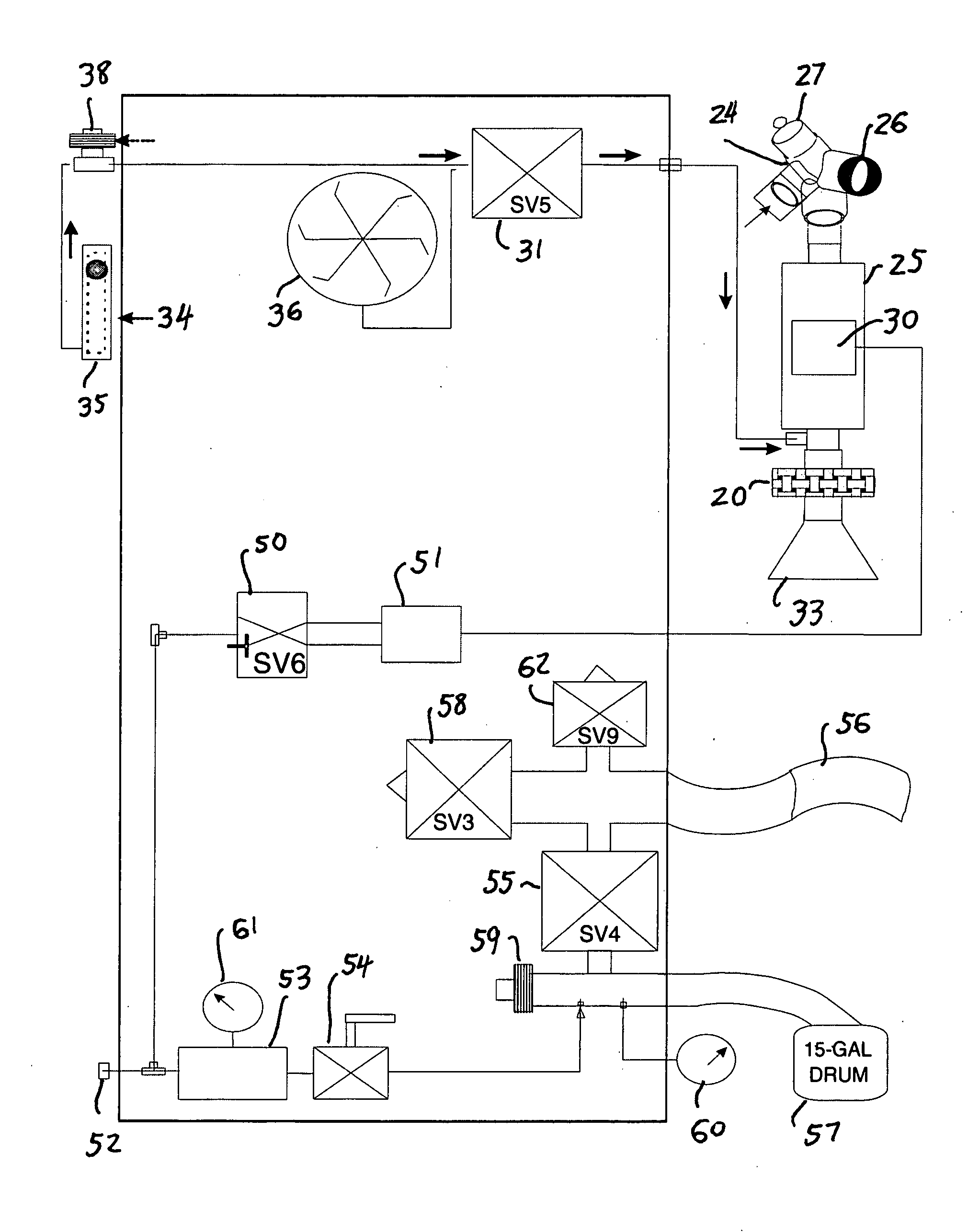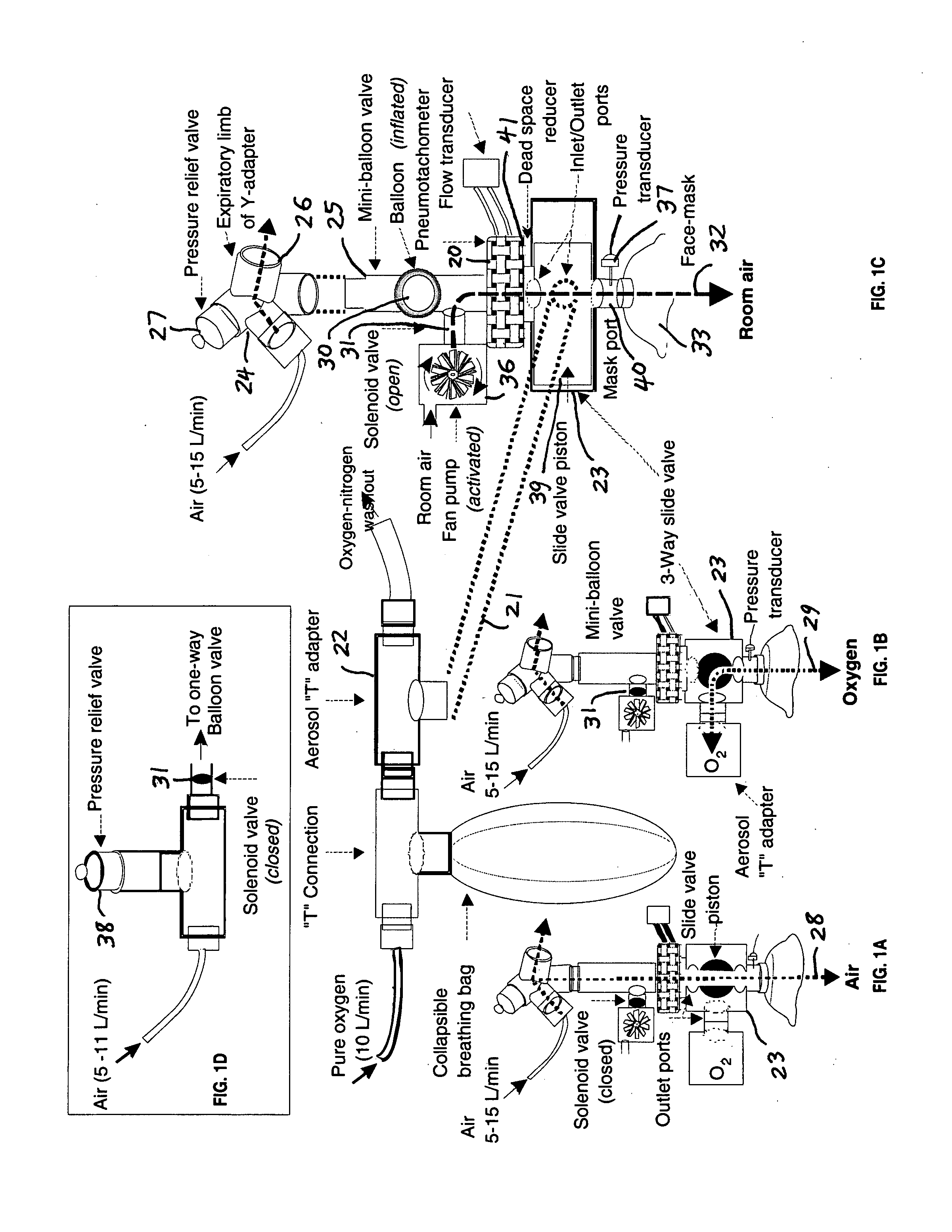Comprehensive integrated testing protocol for infant lung function
a technology of infant lung function and integrated testing, which is applied in the field of infant lung function testing protocol, can solve the problems of inability to inability to adequately stabilize the peripheral airway, and long time-consuming, etc., and achieve the effect of increasing the ability to investigate and assess the efficacy of early therapeutic interventions
- Summary
- Abstract
- Description
- Claims
- Application Information
AI Technical Summary
Benefits of technology
Problems solved by technology
Method used
Image
Examples
examples
[0101]The method of the present invention was studied as detailed below:
[0102]The study inclusion criteria were the following: (1) gestational age of at least 37 weeks and birth weight at least 2.5 kg, (2) no more than an incidental second hand cigarette smoke exposure, and (3) no history other than transient respiratory problems during the neonatal period of less than 24 hr duration with a fractional inspiratory oxygen concentration of less than 0.3. Subject infants were excluded from testing if they were clinically unstable, had a significant upper airway obstruction, an acute respiratory illness three weeks prior to testing or a recent thoracic or abdominal surgical procedure. Depending on the infant's age, feeds were withheld and sleep deprivation was encouraged for about 2-4 hours before the patient was to be sedated. Parents were instructed to feed their baby breast milk or formula just prior to the fasting period. Depending on the age, subjects were sedated with 60-100 mg / kg ...
PUM
 Login to View More
Login to View More Abstract
Description
Claims
Application Information
 Login to View More
Login to View More - R&D
- Intellectual Property
- Life Sciences
- Materials
- Tech Scout
- Unparalleled Data Quality
- Higher Quality Content
- 60% Fewer Hallucinations
Browse by: Latest US Patents, China's latest patents, Technical Efficacy Thesaurus, Application Domain, Technology Topic, Popular Technical Reports.
© 2025 PatSnap. All rights reserved.Legal|Privacy policy|Modern Slavery Act Transparency Statement|Sitemap|About US| Contact US: help@patsnap.com



